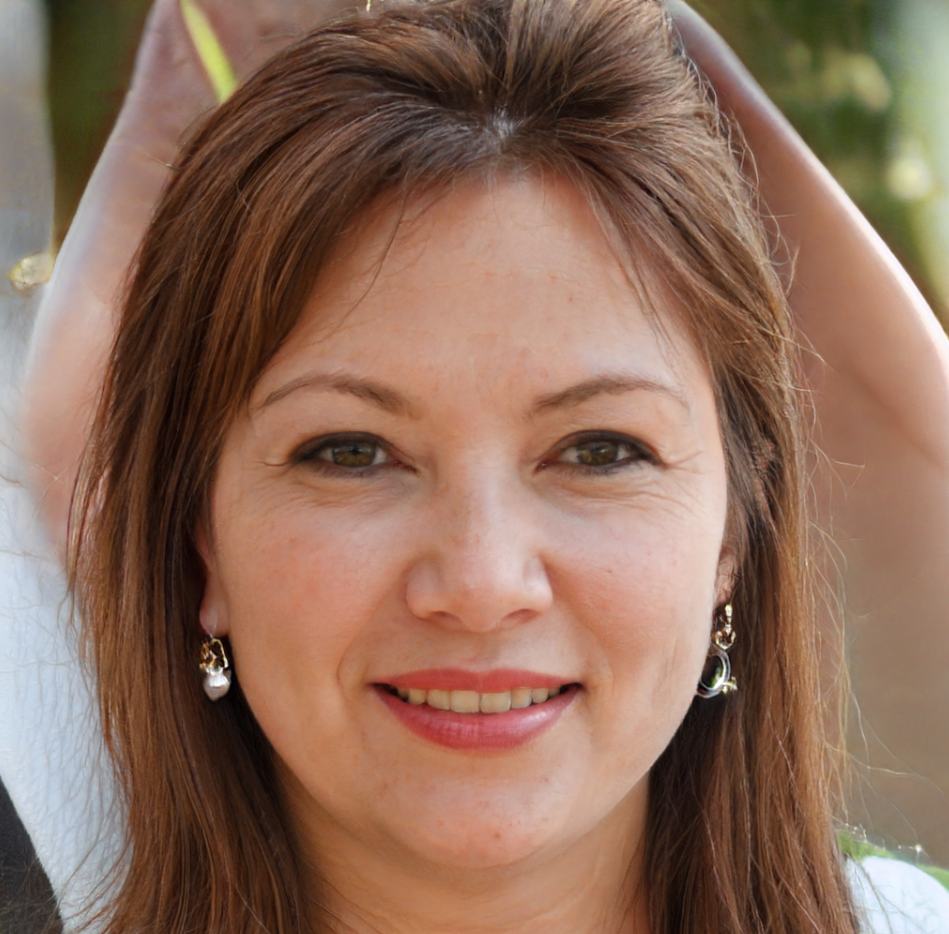Can this simple treatment transform patients with POTS and Long COVID?
293,458 View
Share this Video
- Publish Date:
- 31 October, 2023
- Category:
- COVID-19 Treatments
- Video License
- Standard License
- Imported From:
- Youtube
Tags
POTS stands for postural orthostatic tachycardia syndrome. In this condition, patients complain when they stand up for a prolonged period of time, they feel very uncomfortable with dizziness, palpitations and tremulousness and therefore they either have to sit or lie down or they risk collapsing. When you examine them, the heart rate can be found to be excessively fast.
How do patients develop POTS?
Increasingly we are seeing that they often inherit a genetic vulnerability such as Ehler’s Danlos syndrome/joint hypermobility syndrome and then at some point in their lives they get hit by some kind of infection, this vulnerability is unmasked and the patient starts noticing these symptoms. In essence, people are born with a genie in their lamp and then an infection comes along and the genie is unleashed and they then can't get the genie back in the lamp. The most common infection that I have come across as a trigger for dysautonomias is Glandular fever, However there are other infections that can also trigger dysautonomias including coronaviruses and it is therefore not at all surprising that so many people have developed this condition called LongCOVID which has almost identical symptoms to a dysautonomia like POTS and I would argue that perhaps POTS and Long COVID are indeed the same condition.
Are POTS AND LongCOVID the same condition?
Why do I say this?
Only 10% of patients with COVID develop Long COVID - why? If it were just something about the virus then surely everyone who got COVID would be expected to get long COVID. There must be something about that 10% which makes them more vulnerable.
The severity of COVID does not have a bearing on whether you get Long COVID or not. Well if it was just about the virus then logic would dictate that the more severe the illness, the greater the chance of having Long COVID. We do not see this. Again makes you think that the virus simply flicks the switch in those people who possess that switch.
When you talk to many Long COVID sufferers, they will admit to having some dysautonomic symptoms albeit mildly even before they caught COVID. Many times they had just assumed that those symptoms were normal for them but when they get hit by the infection then they find that all those symptoms which were very mild get so much worse.
So it is highly likely that a majority of patients with Long COVID have POTS and the problem is that because the definition of the term POTS is so narrow, patients with Long COVID will be managed as they have a completely separate condition rather than being managed as a post viral dysautonomia, the way POTS is managed. There are too many doctors who are interested in treating conditions rather than treating patients. This means that many patients with LongCOVID may miss out on lots of helpful treatments which we use in POTS, and just be asked to pace whilst we wait for some fancy American pharmaceutical company to produce a mega-expensive and potentially harmful new drug specifically for Long COVID. I have hundreds of patients with Long COVID and I can categorically say that many of them feel better when they are managed in the same way as I manage my POTS patients.
In terms of optimal management for POTS patients, i use 4 approaches:
Lifestyle management
Physiotherapy
Medications
Patient advocacy where the doctor who is interested in the patient helps the patient maintain their identity by advocating for them to access modifications at school and work.
You will find a lot more details about these 4 pillars of treatment on other videos on my channel. To be honest, these measures make a difference but they dont transform patients. I usually see like a 40-50% improvement but patients still remain enfeebled.
Today I wanted to talk about an intervention that in my experience can be transformative for some patients and in my -opinion should be offered more widely than it is.
Today I am going to talk to you about the benefit of regular intravenous saline infusions in POTS and potentially even in many patients with Long COVID.














